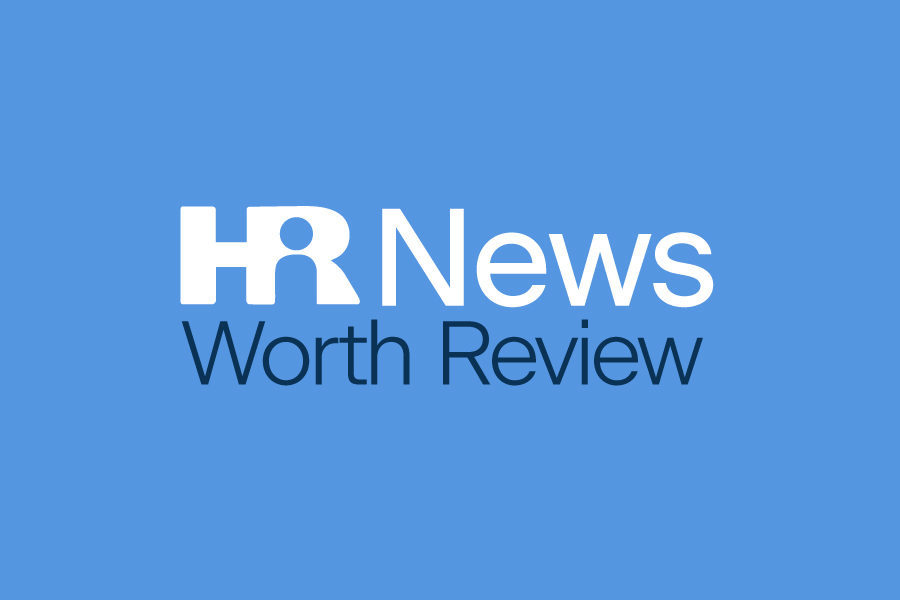IRS Finalizes Change to Family Coverage Affordability Rules
On Oct. 11, 2022, the IRS released a final rule that changes the eligibility rules for premium tax credits (PTCs). PTCs are available to eligible individuals who purchase health insurance coverage through an Exchange. Individuals are not eligible for the PTC if they have access to employer-sponsored health coverage that is affordable and provides minimum value.
PTC Eligibility Change
Effective for 2023, the final rule changes the PTC rules for determining whether employer-sponsored coverage is affordable for family members. Currently, whether employer-sponsored coverage is considered affordable for family members is determined based on the lowest-cost self-only coverage available to the employee. The cost of family coverage is not taken into account under the current rules.
Under the final rule, an employer-sponsored plan is affordable for family members if the portion of the annual premium the employee must pay for family coverage (the employee’s required contribution) does not exceed 9.5 percent (as adjusted annually) of household income. An employee’s required contribution for family coverage is the portion of the annual premium the employee must pay for coverage for the employee and all other individuals included in the employee’s family.
In layman’s terms – if any tier other than employee-only costs the employee more than 9.5 percent of his/her household income, then the family members eligible for those tiers of coverage are still eligible for PTCs on the Exchanges if they wish to purchase individual coverage. This has NO effect on employees and their eligibility for PTCs, nor potential penalties owed by employers for “unaffordable” family coverage.
Also of note, the IRS will be allowing (but apparently not requiring) employers to amend their cafeteria plans after to allow family members already enrolled in coverage on non-calendar year plans who enroll in a qualified health plan through the Marketplace to come off the plan mid-year without a “normal” qualifying event effective Jan. 1, 2023 or after.
Employer Takeaway
Effective for 2023, more family members will likely be eligible for PTCs for coverage purchased through the Exchange. However, the final rule does not change the affordability rules for employees. Employees will continue to have an offer of affordable employer coverage if the employee’s required contribution for self-only coverage does not exceed 9.5 percent (as adjusted) of household income – or utilizing one of the three affordability safe harbors (W-2 wages, Rate of Pay or Federal Poverty Level). Therefore, an employee’s family member may have an offer of employer coverage that is unaffordable even though the employee has an affordable offer of self-only coverage.
DOL Proposes New Independent Contractor Classification Rule
On Oct. 11, 2022, the U.S. Department of Labor (DOL) announced a proposed rule to rescind and replace its 2021 independent contractor classification rule under the Fair Labor Standards Act (FLSA). The proposal is scheduled for publication in the Federal Register on Oct. 13, 2022. Comments on the proposal must be submitted within 45 days of the publication date.
Worker Classification
Whether a worker is covered or protected by the FLSA depends on whether the worker falls within the FLSA’s definition of “employee.” The DOL has traditionally favored using the five-factor economic realities test (ERT) to classify workers as either employees or independent contractors. The DOL issued an independent contractor classification final rule on Jan. 7, 2021. While the 2021 rule continued using the ERT to classify workers, the rule designated two factors—the nature and degree of control over the work and the worker’s opportunity for profit or loss—as “core factors,” having more probative value and carrying greater weight than the other factors.
With this proposed rule, the DOL would return to the pre-2021 rule precedent and allow employers to consider all five ERT factors equally. If the rule is adopted, employers need to consider the “totality of the circumstances” in their worker classification efforts.
Employer Takeaway
Employers should continue to monitor this development and consider how they may need to update their worker classification procedures if this proposal is finalized and adopted.
Employers to Continue Using Current Form I-9 Until Further Notice
On Oct. 11, 2022, the U.S. Department of Homeland Security (DHS) published instructions for employers to continue using the Employment Eligibility Verification form (Form I-9) when hiring new employees until a new version of the form is published.
The DHS reviews and updates Form I-9 periodically. The most recent version of this form is set to expire on Oct. 31, 2022. Historically, the DHS has allowed employers to continue using the most recent version of the form beyond its expiration date when a new form is not available by the time the most current version expires.
Industry experts anticipate that the DHS is delaying publishing an updated version of the form before the expiration date because of possible substantial changes to the form or the processes related to some of the form’s instructions. In addition, given the recent extension of temporary remote verification procedures for Form I-9 supporting documents, some speculation has also risen on whether some of these temporary policies may become permanent.
Employer Takeaway
Employers can rely on this agency notification as evidence that I-9 compliance will require using the most current version of Form I-9 until a new form is published. Once the new form is published, employers will need to update their hiring processes to ensure they are using the newest version of the form and following any updated instructions.
2023 State Minimum Wage Rates
The current federal minimum wage rate is $7.25 per hour. However, several states have adopted minimum wage rates higher than the federal rate. When both the state rate and the federal rate apply, employers must pay their employees the higher rate. Several states have announced new minimum wage rates for 2023, so please refer to our State Minimum Wage Chart to make sure you have updated state/locality minimum wages.


